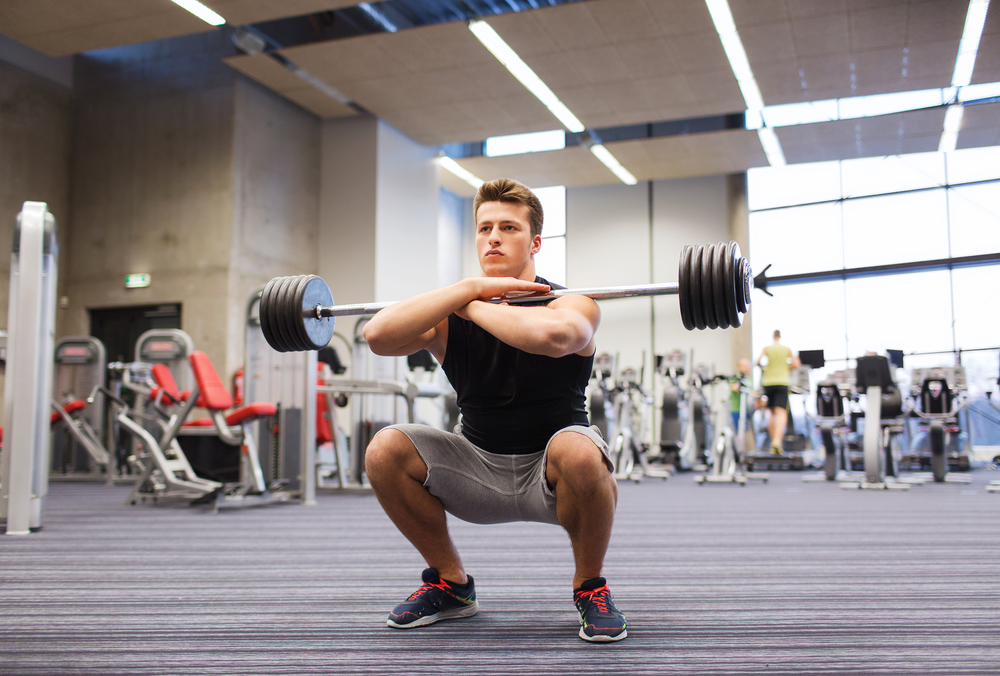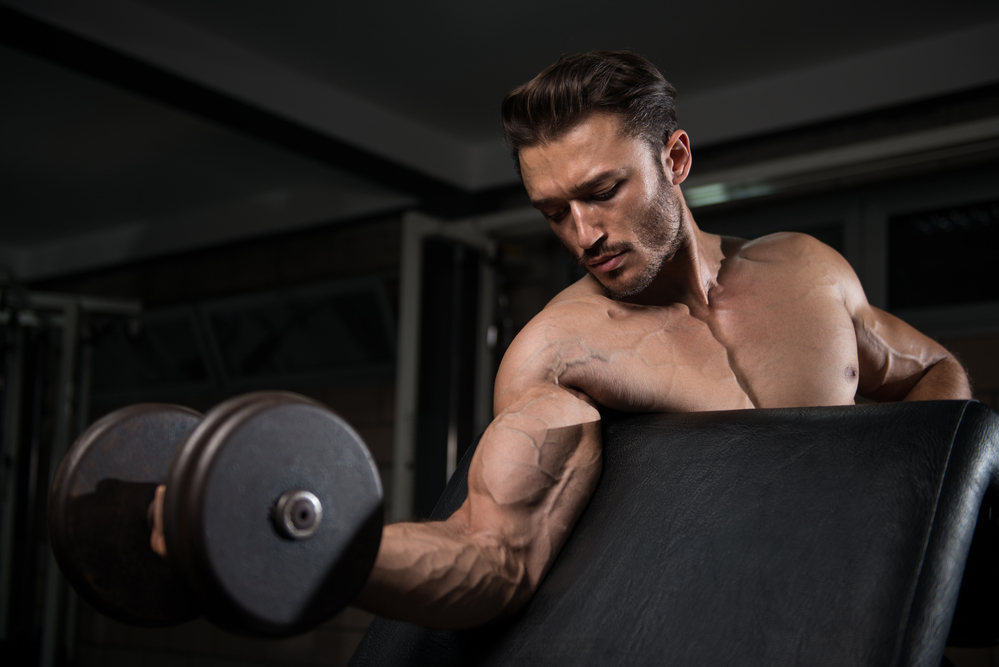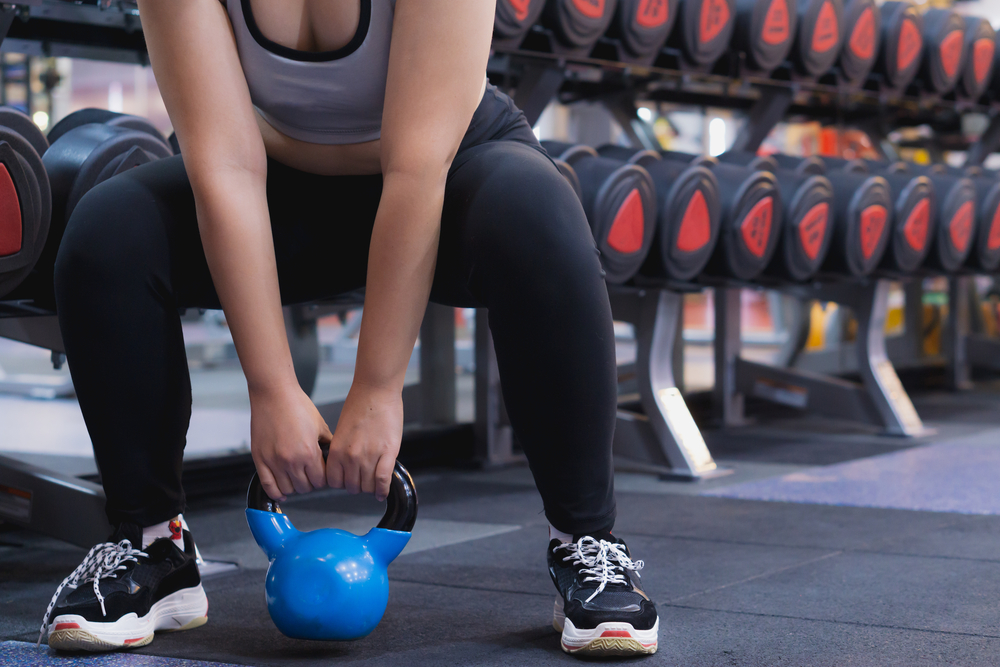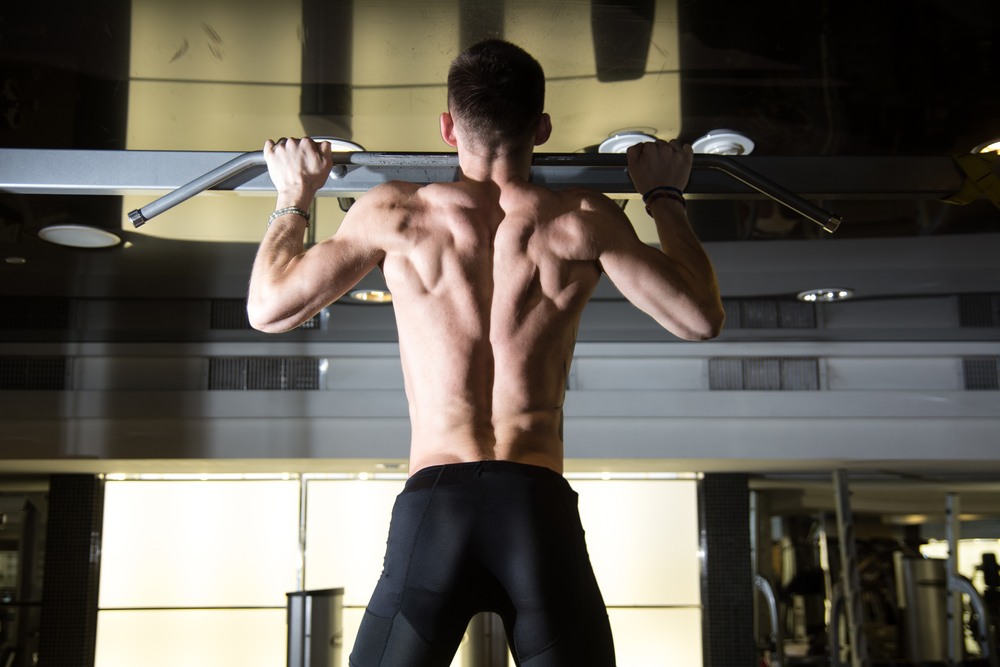
Table of Contents
The Hammer strength chest press is an exercise on developing and reshaping the relief of the pectoralis major muscles. The design of such a training simulator fixes the trajectory of the arms. It has both pros and cons. Let’s look at the hammer chest press technique and mark its place in chest workouts.
Features of the Hammer chest press
The Hammer chest press is an isolation exercise, unlike the bench press. Pressing your back on the bench, you push two independent handles in front of you. Their amplitude is clearly defined. Due to this feature of the exercise machine, movement occurs only in the elbow joint. In this case, the load is maximally concentrated on the chest muscles. The stabilizer muscles are practically not involved in this process.
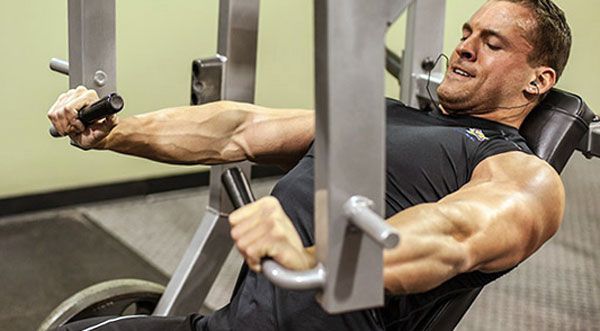
Chest press in the exercise machine, sitting in an inclined posture
Athletes use hammer chest press to load the pectoral muscles after basic exercises.
Benefits of hammer strength chest press:
The pectoral muscles have a heavy load. The stabilizer muscles practically don’t work.
The ability to work separately on the right and left sides of the chest. It’s possible thanks to the independence of the handles of the exercise machine from each other. It’s good if there is some asymmetry in the musculature.
The Hammer strength chest press is safe. Because the likelihood of injury is low. Of course, you must follow the exercise technique.
In addition to benefits, the exercise has some disadvantages:
You will not be able to customize the exercise machine for yourself. You can only change the seat height. The inclination of the arms to the body doesn’t change. All people have different body proportions. Therefore, not everyone can use the exercise machine comfortably.
It’s impossible to use heavyweights in the exercise. You must take a comfortable and natural posture to maximize results with heavyweights. However, hammer chest press is an isolating exercise. It means you don’t need heavyweights. Therefore, it’s a conditional disadvantage
What muscles get the most stress?
Hammer decline press helps to purposefully work out the pectoral muscles, excluding the stabilizer muscles as much as possible. The load distribution looks like this:
Pectoralis major muscles. The angle of the bench and the direction of the press (depending on the machine model) determine the target muscles. It’s like a barbell press. The middle section works if your arms are perpendicular to the body. If the bench press vector deviates upward, the upper muscle is more involved, etc. If we talk about the outer and inner edges of the pectoral muscles, then the exercise better affects the outer edges
Triceps and anterior delt bundles have light stress
During the exercise, focus on moving your elbows towards each other. Thus, the pectoral muscles work better.
https://www.youtube.com/watch?v=gjAhVwHUpB8
Exercise technique
First of all, adjust the seat height of the exercise machine to your height. You should feel comfortable doing the hammer chest press. Let’s look at the exercise technique:
Do the hammer strength chest press 10-15 reps in 3-4 sets after the basic chest exercises.
https://www.youtube.com/watch?v=4qEPbXsyFfM
How to avoid mistakes?
Consider the following helpful tips. Then the exercise will give the best results and will not harm your health.
Don’t push your shoulders forward during the chest press. Sitting in the machine, keep your back pressed all the time. The shoulder blades are brought together.
Spread your elbows to the sides. They shouldn’t stick to the body like they do with triceps exercises.
Try to do the movement efficiently and without jerking. First, learn the technique of hammer chest press. Then increase the load. It’s a universal rule
In the initial position, the pectoral muscles are stretched, and in the extreme position – to contract. Pay attention to mental control. When you become aware of the muscle working, it makes your workouts more effective.
The Hammer strength chest press emphasizes the muscles and eliminates muscle asymmetries. Therefore, fines trainers recommended using this exercise to complete your chest workout as a final chord.



